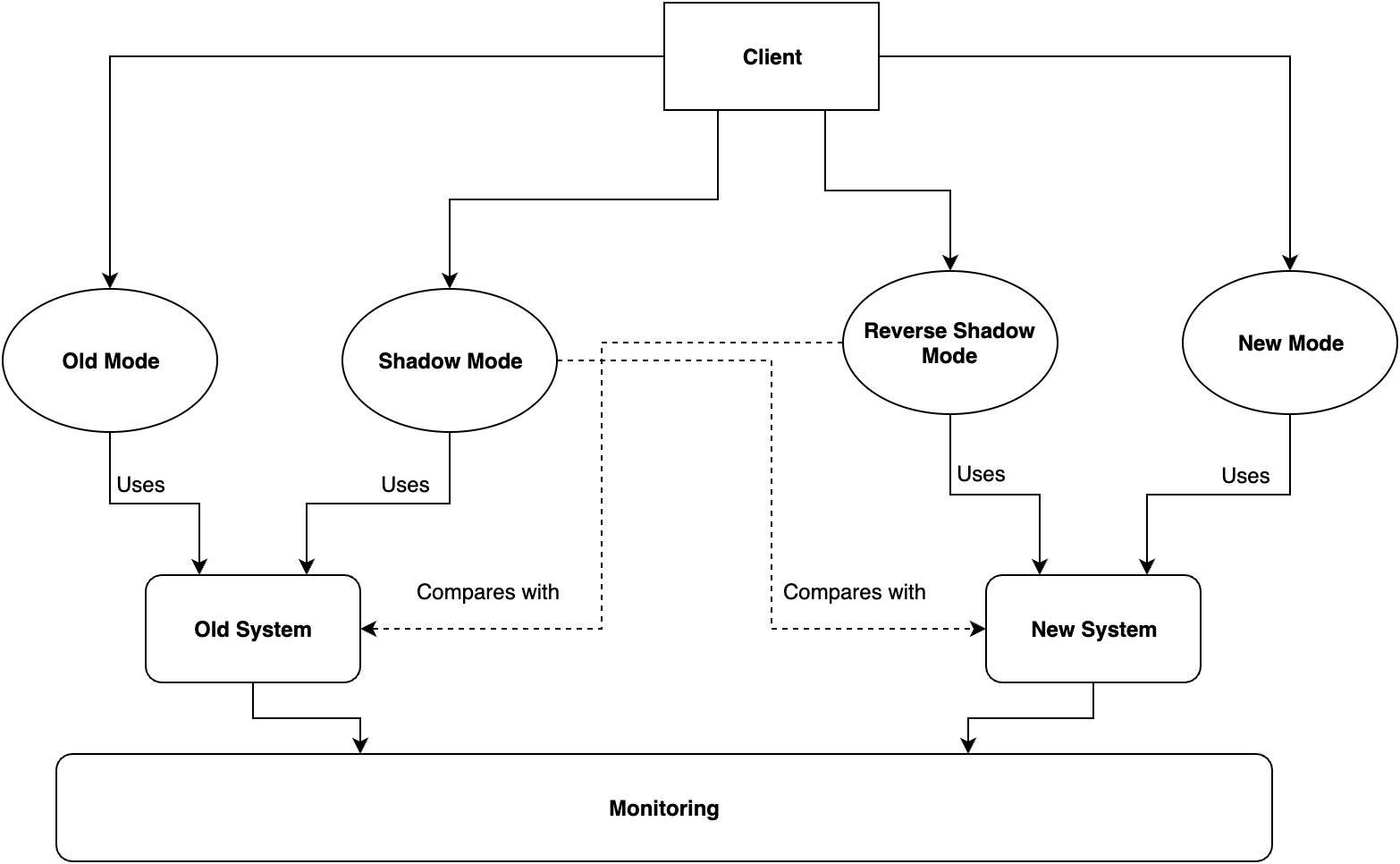What Is Kubernetes Helm?
In the early days of Kubernetes, deploying applications often involved creating a series of separate files for each resource. However, Helm was introduced to make this process easier and more efficient. The Helm project was created by Deis (now part of Microsoft) and is now maintained by the Cloud Native Computing Foundation (CNCF), which also maintains Kubernetes.
The latest version as of now is Helm 3 and it's a significant upgrade from the previous version. Helm 3 provides improved security, and unlike Helm 2, it doesn't require Tiller --- a component that was responsible for managing releases but had several security implications. Instead, Helm 3 stores all the release information on the Kubernetes cluster itself.
Importance of Helm in Kubernetes Deployments
Helm provides a higher level of abstraction for deploying applications on Kubernetes. It simplifies many of the complexities associated with deploying and managing applications, making it easier for developers and operations teams to get their applications up and running quickly.
One of the main advantages of using Helm is its Charts. Helm Charts allow you to define, install, and upgrade even the most complex Kubernetes applications. Charts are easy to create, version, and share, making it easier for teams to collaborate on application deployments.
Furthermore, Helm provides a way to manage dependencies between Kubernetes resources. It can automatically install and manage software dependencies that your application requires, reducing the manual work required during deployments. This is particularly useful when deploying complex applications with many interdependent services.
Finally, Helm also provides a way to manage releases of your application. It keeps track of all versions of an application that have been deployed, allowing you to roll back to a previous version if necessary. This is a powerful feature that can save you from potential disaster if a new version of your application introduces unexpected issues.
Understanding Helm Charts and Their Structure
Helm Charts are the heart of Helm. They are packages of pre-configured Kubernetes resources. A single chart might contain the entire Kubernetes manifest for a full-stack web application, or it could be something as simple as a pre-configured Memcached pod.
A Helm Chart is essentially a directory with a defined structure. This structure includes several directories and files, including a Chart.yaml file that contains metadata about the chart, a values.yaml file that provides default values for the chart, and a templates directory that contains one or more Kubernetes manifest files defined as templates.
The Chart.yaml file is a mandatory component of every Helm chart. It contains the chart's version information, its description, and its dependencies. The values.yaml file, on the other hand, provides default configuration values for the chart. You can overwrite these values at runtime using a custom values file or command-line arguments.
One of the most powerful aspects of Helm charts is their use of templates. The templates directory contains files that will generate valid Kubernetes manifest files when combined with a values file. These templates use the Go templating language, allowing you to dynamically generate Kubernetes resources based on variables defined in your values file.
Kubernetes Helm Tips and Tricks
1. Efficient Use of Helm Commands
Helm commands are the backbone of interacting with your Helm set up. Knowing how to use these commands efficiently can greatly enhance your productivity. One of the most commonly used commands is 'helm install'. This command allows you to install a chart and create a new release. An important tip to remember here is that you can use the ' --- dry-run' flag to check what resources will be created in your cluster before actually installing the chart.
The 'helm list' command is another vital command that enables you to list all the releases in a specific namespace or all namespaces. A handy trick is to use the ' --- all' flag to display releases that are not currently running.
Lastly, 'helm upgrade' and 'helm rollback' are crucial commands for managing your releases. The 'helm upgrade' command allows you to upgrade a release to a new version of a chart or to update the chart's configuration. On the other hand, 'helm rollback' enables you to roll back a release to a previous revision if something goes wrong with your current release.
2. Managing Dependencies with Helm
Managing dependencies is a crucial part of any software development process, and Helm is no exception. Helm allows you to define dependencies that your chart requires to function correctly. These dependencies can be other charts that your chart relies on. A pro tip here is to define your dependencies in a 'Chart.yaml' file and then use the 'helm dependency update' command to update the dependencies.
Additionally, Helm provides a 'requirements.yaml' file where you can specify the dependencies of your chart. You can define the name, version, and repository of the dependency. Remember to run 'helm dependency update' after updating your 'requirements.yaml' file to ensure that your dependencies are up-to-date.
3. Using Templates and Variables Effectively
Helm uses a powerful templating engine that allows you to parameterize your charts. This means that you can use variables in your charts that can be replaced with actual values at runtime. For instance, you can define a variable for the image name in your Kubernetes deployment and then use that variable in your Helm chart.
One trick to using templates effectively is to keep your templates as simple as possible. Avoid complex logic in your templates as it can make your charts hard to understand and maintain. Also, remember to use the 'values.yaml' file to define your variables. This file serves as the default configuration file for your chart and allows you to override default values at runtime.
4. Managing Secrets and Sensitive Data
Helm also provides a mechanism for managing secrets and sensitive data. Secrets can be used to store sensitive information like passwords, API keys, or SSL certificates. One tip is to use the Helm's 'secrets.yaml' file to store your secrets. This file is encrypted and can only be decrypted with a specific key.
However, remember that storing secrets in your charts can be a security risk. Therefore, it's recommended to use Kubernetes Secrets or a secure vault solution to store your sensitive data. Also, avoid embedding secrets directly into your charts. Instead, use environment variables or config maps to inject these values into your containers.
5. Integrating Helm with CI/CD pipelines
Continuous Integration and Continuous Deployment (CI/CD) is a software development practice where developers regularly merge their code changes into a central repository, after which automated builds and tests are run. Integrating Helm with your CI/CD pipelines can significantly improve your deployment process.
One trick is to use Helm in your CI/CD pipelines to automate the deployment of your applications. For instance, you can set up a pipeline that automatically deploys your application to a Kubernetes cluster whenever a new commit is pushed to the main branch.
Another tip is to use the 'helm test' command in your pipelines to automatically test your releases. This command allows you to run tests defined in your chart to verify that your release is working correctly.
6. Chart Signing and Verification
Chart signing and verification is a security feature provided by Helm. It allows you to sign your charts with a private key and then verify the integrity and origin of the chart with a public key. This provides a layer of security and trust for the charts you distribute.
One tip here is to always sign your charts before distributing them. This can be done using the 'helm package' command with the ' --- sign' flag. Additionally, remember to distribute your public key along with your chart so that users can verify the chart.
Moreover, always verify the charts you receive before installing them. This can be done using the 'helm verify' command. This command verifies the chart against the provided public key and ensures that the chart hasn't been tampered with.
7. Utilizing Helm Plugins
Helm plugins are tools that extend the functionality of Helm. They can be used to add new features or improve existing ones. Some popular Helm plugins include 'helm-secrets' for managing secrets, 'helm-diff' for viewing changes between releases, and 'helm-unittest' for unit testing your charts.
One trick is to install and use the plugins that suit your needs. Remember that plugins can be installed using the 'helm plugin install' command. Additionally, keepin mind that plugins may have dependencies, so it's important to review the plugin documentation and ensure that any required dependencies are installed.
Another tip is to regularly update your installed plugins to ensure that you have the latest features and bug fixes. You can do this by running the 'helm plugin update' command.
Additionally, if you have specific requirements that are not met by existing plugins, you can consider developing your own custom Helm plugin. This allows you to tailor the functionality to your specific needs and enhance your Helm experience.


